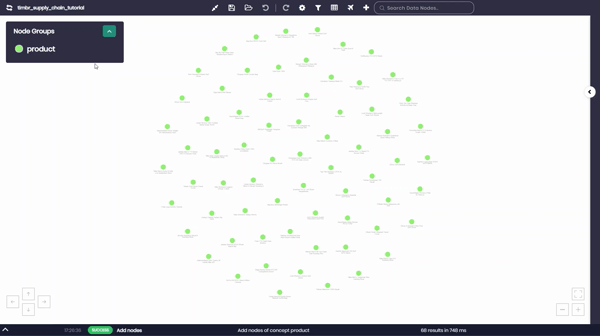data platforms
Structure, Meaning, and AI Readiness for Data Lakes
Timbr adds a semantic layer to data lakes, turning raw, distributed data into a structured knowledge graph, enabling consistent access, simplifying discovery, and promoting reuse across diverse sources to bridge unstructured storage with meaningful, governed analysis.
Your Choice of Backend
Connect to most clouds, datalakes, data warehouses, databases and many more file formats. Timbr empowers you to work with your data sources seamlessly.
Optimized Queries
How you store your data is up to you. By default, nothing is stored in Timbr. When a query is run, Timbr optimizes the query and pushes it down to the backend.


Virtual Schema for Data Lakes
Give structure and meaning to lake data with SQL-queryable semantic models.
Replace JOINs with Relationships
Access multi-source lake data without complex SQL JOINs, relationships are handled by the ontology.
Self-Service with Control
Enable business users to explore trusted data while enforcing governance policies.
Speed Up Time to Insight
Deliver lake data faster by modeling concepts and logic directly over raw sources.
How Timbr Embeds into Data Lakes
- Ontology Modeling: Timbr enables the creation of reusable semantic models that represent data as a connected semantic graph.
- Simplified Queries: By replacing complex SQL JOINs with explicit semantic relationships, Timbr simplifies querying across tables.
- Seamless Integration: Timbr can be consumed directly from your BI tools, through SQL clients, REST and GraphQL APIs, Jupyter notebooks, or natural language interface, ensuring flexible access for every user and application.
Features in Action
- Semantic Layer Integration: Transform structured, semi-structured, and unstructured data into a unified semantic graph for easy access and reuse.
- Metric Discovery: Automatically identify key metrics from data concepts and standardize them for advanced analysis in BI tools or SQL endpoints.
- Semantic Governance: Apply governance at the model level, control access, versioning, and data product usage.
Impact
- Enable Accurate LLM Access: Enable accurate LLM access to lake data.
- Accelerate Delivery of Data Products: Access meaningful insights faster with intuitive querying and reusable semantic relationships.
- Foster Collaboration: Enable teams to work with shared semantic models, improving alignment and decision-making.
- Scalable Efficiency: Leverage database capacity with Timbr’s semantic intelligence for robust, scalable workflows.
